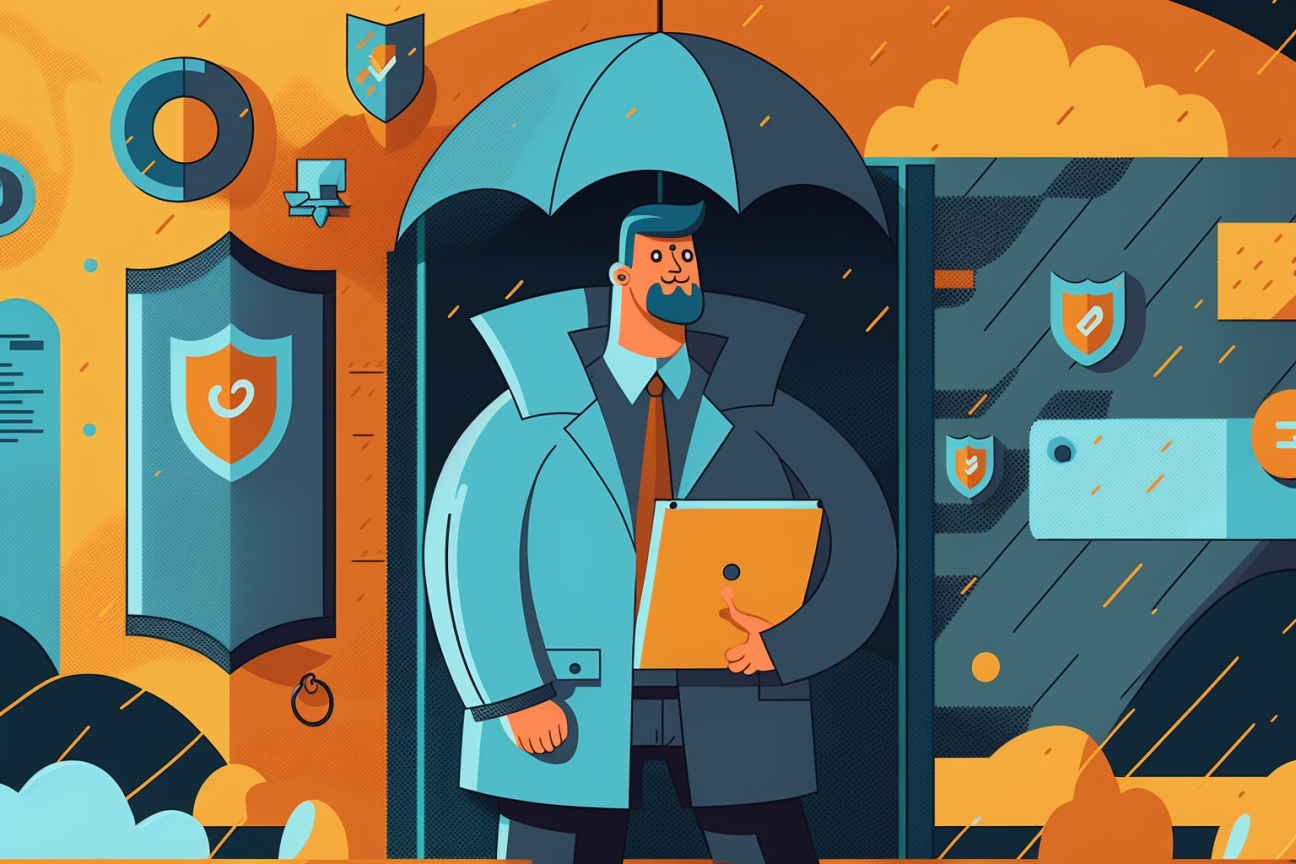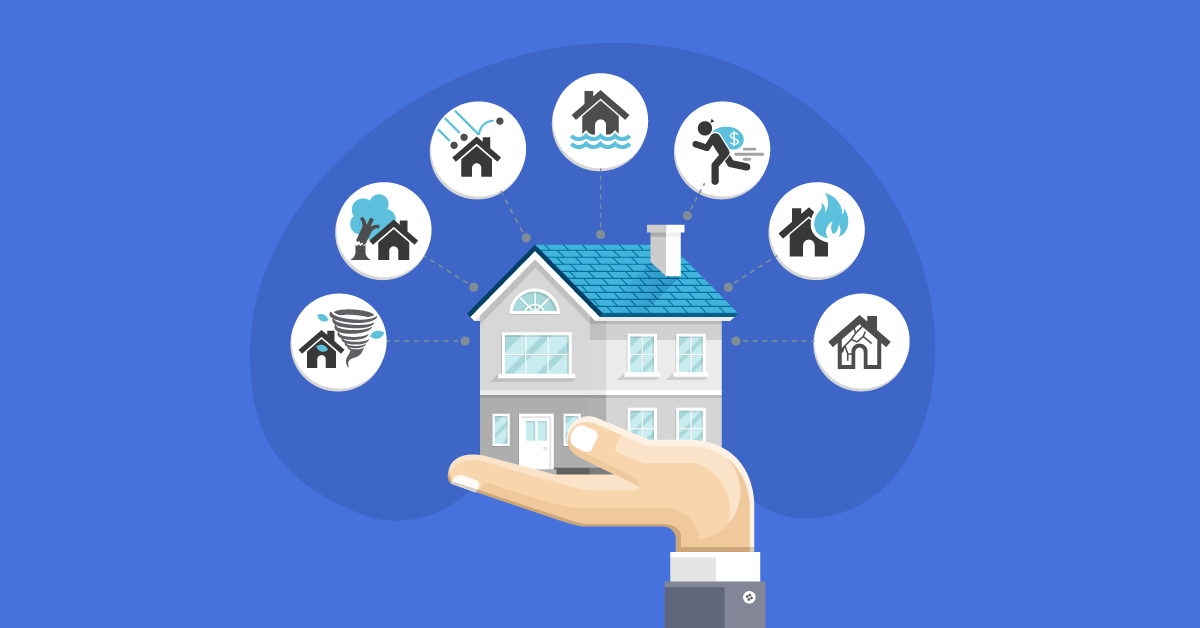A cyberattack is a malicious attempt to destroy, disrupt or damage an information system. Malware, drive-by download attacks and phishing are some of the most common examples. No matter what type of business you run, a cyberattack has the potential to damage your company’s reputation and make it much more difficult to generate revenue. Fortunately, cybersecurity insurance protects businesses against this type of attack, giving you extra peace of mind.
What Is Cybersecurity Insurance?
Cybersecurity insurance, commonly called cyber insurance, protects business owners against losses related to cyberattacks. According to consultants at Deloitte, a cyberattack has direct and indirect costs. When you think of cybersecurity issues, you probably think of the cost of replacing damaged equipment, reimbursing customers for credit monitoring or financial penalties levied by government agencies. These are the direct costs associated with a cyberattack.
Unfortunately, cyberattacks also have indirect costs that can harm your company’s finances for years to come. For example, the fallout from a cyberattack may cause your company’s credit rating to drop. If you need a loan to purchase equipment or order enough inventory for the upcoming holiday season, your bank will likely charge a higher interest rate.
Severe cyberattacks may disrupt normal operations for several days or even weeks. If the attack is severe enough, your IT team may have to purchase new equipment, install additional security software or incur other expenses to get the company up and running again. Cyberattacks also cause these problems:
- Loss of reputation
- Reduced value of trademarks
- Damaged customer relationships
- Loss of intellectual property
- Terminated contracts
Cyber insurance protects you against these losses, helping your company get on firmer financial footing after an attack.
What Does It Cover?
It depends on what type of insurance you have. Some policies are comprehensive, while others are more restrictive. Insurance companies typically offer some combination of first-party and third-party coverage.
First-Party Coverage
First-party coverage protects your company’s information system and data. It may cover the following:
- Public relations: Cyberattacks can cause serious damage to your brand. Some policies cover expenses associated with crisis management, such as hiring a public relations professional to act as a company spokesperson.
- Fines and penalties: If your business operates in a heavily regulated industry, you may incur fines or penalties following a cyberattack. Your insurance policy may cover them.
- Legal counsel: After a cyberattack, it’s important to consult an attorney regarding your obligations to clients, employees and other stakeholders. A cybersecurity insurance policy may cover the cost of retaining a law firm.
- Cyber extortion: In some cases, criminals conduct cyberattacks for the sole purpose of extorting money out of their victims. For example, a hacker may break into a hospital’s electronic medical records and threaten to release confidential information unless the hospital pays them a large sum of money. Some cyber insurance policies cover losses associated with cyber extortion and fraud.
- Investigation costs: It’s important to track down the perpetrator of a cyberattack, but it costs money to mount a thorough investigation. Your insurance policy may cover the cost of hiring a forensic expert to find the culprit.
Third-Party Coverage
Third-party coverage protects you in the event that someone sues you as the result of a data breach. A good policy covers the following expenses:
- Legal settlements or judgments
- Accounting costs
- Payments to affected individuals
- Attorney fees and other legal expenses (e.g., filing fees)
- Other damages related to the lawsuit
Do You Need Cyber Insurance?

In 2022, the average cost of a data breach in the United States exceeded $9 million. Small business owners just can’t afford this type of loss. Depending on how much revenue your company brings in yearly, it may be difficult to afford a $90,000 loss — never mind expenses in the millions. Unless you have an unlimited amount of funds, it’s a good idea to buy a cybersecurity insurance policy.
Types of Cyber Risks
Cybersecurity risks can come in various forms. Here are some common cyber threats to be aware of:
- Malware: Malicious software such as Trojans, viruses, worms, ransomware, spyware, adware, and botnets designed to gain unauthorized access or destroy systems and data.
- Phishing Attacks: When cybercriminals impersonate a legitimate organization to trick individuals into providing sensitive data. Spear phishing is a more targeted version of this attack. This happens a lot in the form of emails.
- Ransomware: A ransomware attack is from a type of malware that encrypts files, then the attacker demands a ransom amount in order to restore access to the data.
- Data Breaches: Unauthorized access to data by hackers, which leads to exposure and loss of sensitive data/information. Examples are personal data, financial data, or proprietary company information.
- Denial of Service Attacks (DoS)/Distributed Denial of Service Attacks (DDoS): These attacks are designed to overwhelm a system’s resources and cause it to become inaccessible to users.
- Man-in-the-Middle (MitM) Attacks: When the attacker secretly intercepts and possibly changes communication between two parties who believe they’re directly communicating with each other.
- SQL Injection: This attack exploits a security vulnerability in a website’s software. The attacker manipulates a site’s database by inputting malicious code into a query.
- Cross-Site Scripting (XSS): This occurs when an attacker injects malicious scripts into content from otherwise trusted websites.
- Insider Threats: These risks come from individuals within the organization (employees, contractors, or partners) who have inside information about the organization’s security practices, data, and computer systems and have the ability to cause a business interruption.
- Unpatched Software: Failing to keep software up-to-date can leave a system vulnerable to hackers who take advantage of known issues in the software to gain unauthorized access.
- Advanced Persistent Threats (APTs): These are stealthy threats when an unauthorized person gains access to a system and remains there for a prolonged period with the intent of stealing information.
- Zero-Day Attacks: This is an attack that exploits a software vulnerability before the developer has a chance to create a patch to fix the vulnerability.
- Third-Party/Supply Chain Risks: These risks and security breaches can arise when your data security depends on another organization’s security practices, which you don’t control.
- Social Engineering: These attacks rely on manipulating individuals into breaking normal security procedures to gain unauthorized access to systems or information.
- Cloud Risks: As more organizations move to the cloud, they must consider risks associated with data privacy, data loss, and traffic hijacking when storing any information on the cloud.
Cyber Insurance vs. Liability Insurance
Many business owners believe that they don’t need cyber insurance if they already have liability coverage. Unfortunately, that’s not always the case. General liability insurance policies typically cover property damage and bodily injuries. For example, if a customer slips on a wet surface and breaks their arm, your liability policy would cover their medical bills. General liability insurance also covers you in the event that your company is involved in a class-action lawsuit.
Cyber insurance is designed specifically to cover the losses associated with cyberattacks. Unless you have an unusually comprehensive liability policy, your liability insurance probably won’t cover these losses. You may need cyberattack insurance if any of the following apply:
- You use an information system to store personal data.
- Your business operates in a heavily regulated industry, such as finance or healthcare.
- You use cloud-based software applications.
Additional Types of Coverage
Some insurance companies offer additional protection, ensuring that you’re covered in the event of a cyberattack. For example, your preferred insurer may offer identity recovery protection or data compromise protection. Identity recovery protection covers the cost of helping customers, employees, or other stakeholders repair their credit after a cyberattack. Data compromise protection pays for credit monitoring, crisis management and other related services.
FAQ’s
Here are a few frequently asked questions when it comes to cybersecurity insurance.
- How much does cybersecurity insurance cost? The policy cost will depend on various factors, including the size of your organization, the nature of your business, the state of your cybersecurity defenses, the amount of data you hold, and the coverage limits and deductibles you choose.
- How is the cost of cybersecurity insurance calculated? Insurance companies assess a company’s risk profile based on various factors such as the type of data they collect, how the data is protected, the company’s industry, the number of records maintained, the company’s revenue, previous security incidents, and the company’s cybersecurity practices.
- Does cybersecurity insurance require a cybersecurity assessment? Generally, most insurers will require assessing your cybersecurity measures as part of the underwriting process.
- How do I file a claim for cybersecurity insurance? The exact process will vary by insurer, but generally, you’ll need to notify your insurer immediately after a cyber incident, provide them with all the necessary information about the incident, and work with them to mitigate further loss, similar to other insurance claims.
- Can a small business benefit from cybersecurity insurance? Absolutely, small businesses can often be attractive targets for cybercriminals, as they might lack the robust cybersecurity defenses of larger organizations. A cyber attack can devastate a small business, making cybersecurity insurance a worthwhile consideration.
The Bottom Line
Whether you are trying to avoid cyber incidents, it is important to know how to keep your credit card numbers, sensitive information, social security numbers, customer information and any other sensitive data safe and secure and away from potential cybercrime.
Cyberattacks are becoming more frequent, leaving business owners scrambling to protect themselves against significant losses.
One way to protect yourself is to buy a cybersecurity insurance policy. This type of insurance covers you in the event that someone tries to damage, disrupt or destroy your company’s information system.
You might also be interested in 5 Different Anti-Theft Car System To Install Today





